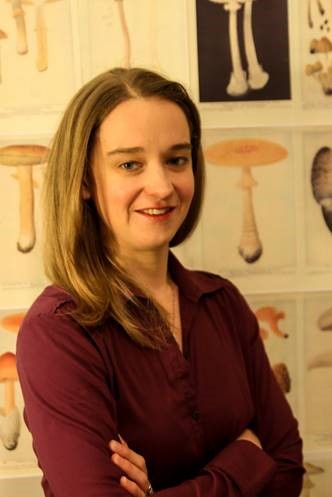| Briana Whitaker |

|

Phone: (309) 681-6589
Fax: (309) 681-6672
Room 1109
USDA ARS NCAUR
1815 N University St.
Peoria IL 61604
Dr. Whitaker received her PhD in Ecology from Indiana University in Bloomington, IN in 2018 where she studied the ecology of phyllosphere microbiota in both agricultural and wild plants. Dr. Whitaker completed a post-doctoral position at North Carolina State University from 2018-2020 where she studied the landscape ecology of foliar fungi in wheat, corn, soy, and switchgrass crop hosts. Her work in this system combined large-scale field campaigns to culture and identify fungi living in leaves, next generation sequencing of foliar fungi from field sites located across diverse soil and climate types of North Carolina, and plant physiology measurements to better understand the links between plant health and microbiome communities in North Carolina crops. At NCAUR, Dr. Whitaker will be responsible for identifying effective inoculation mechanisms, in the lab and field, for plant growth promoting microbiota in wheat and barley and will additionally work to enable farmers to use these microbial partners to fight Fusarium Head Blight and other diseases in small grain hosts.
Click to Access my publications
